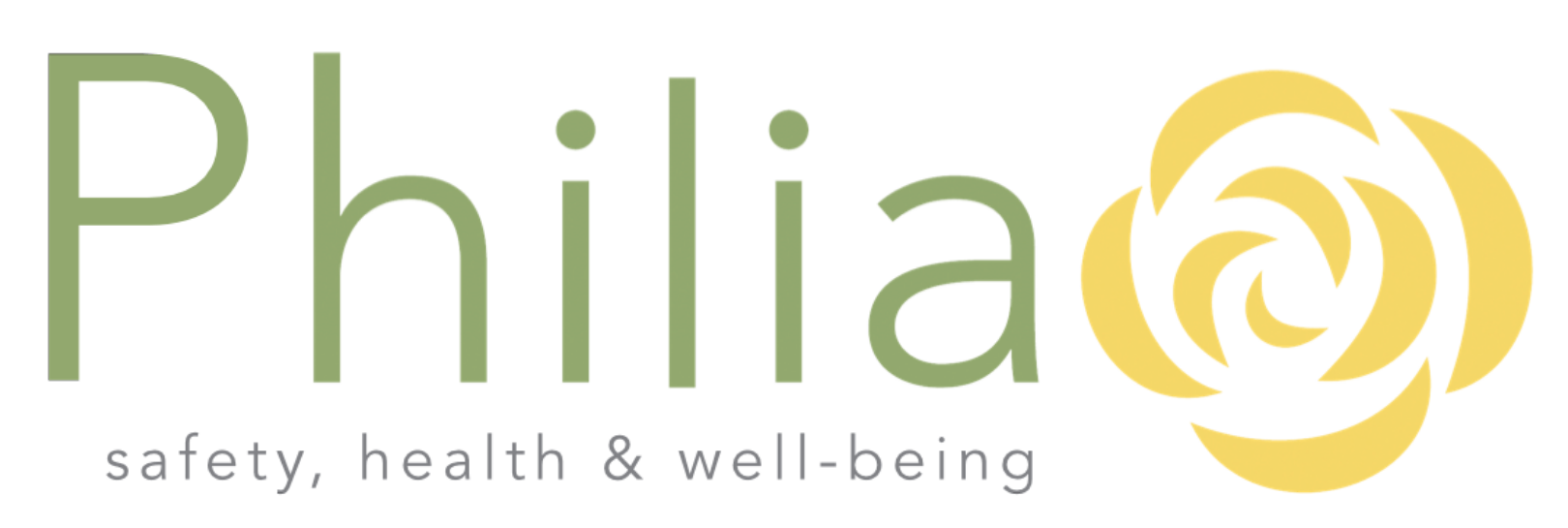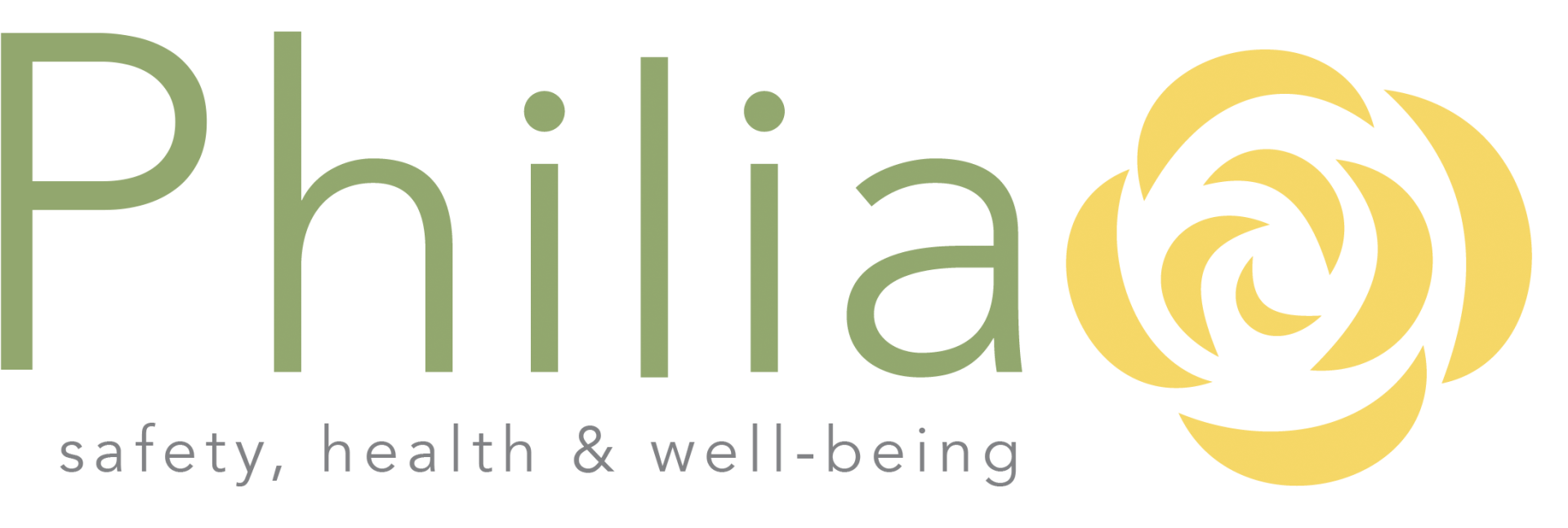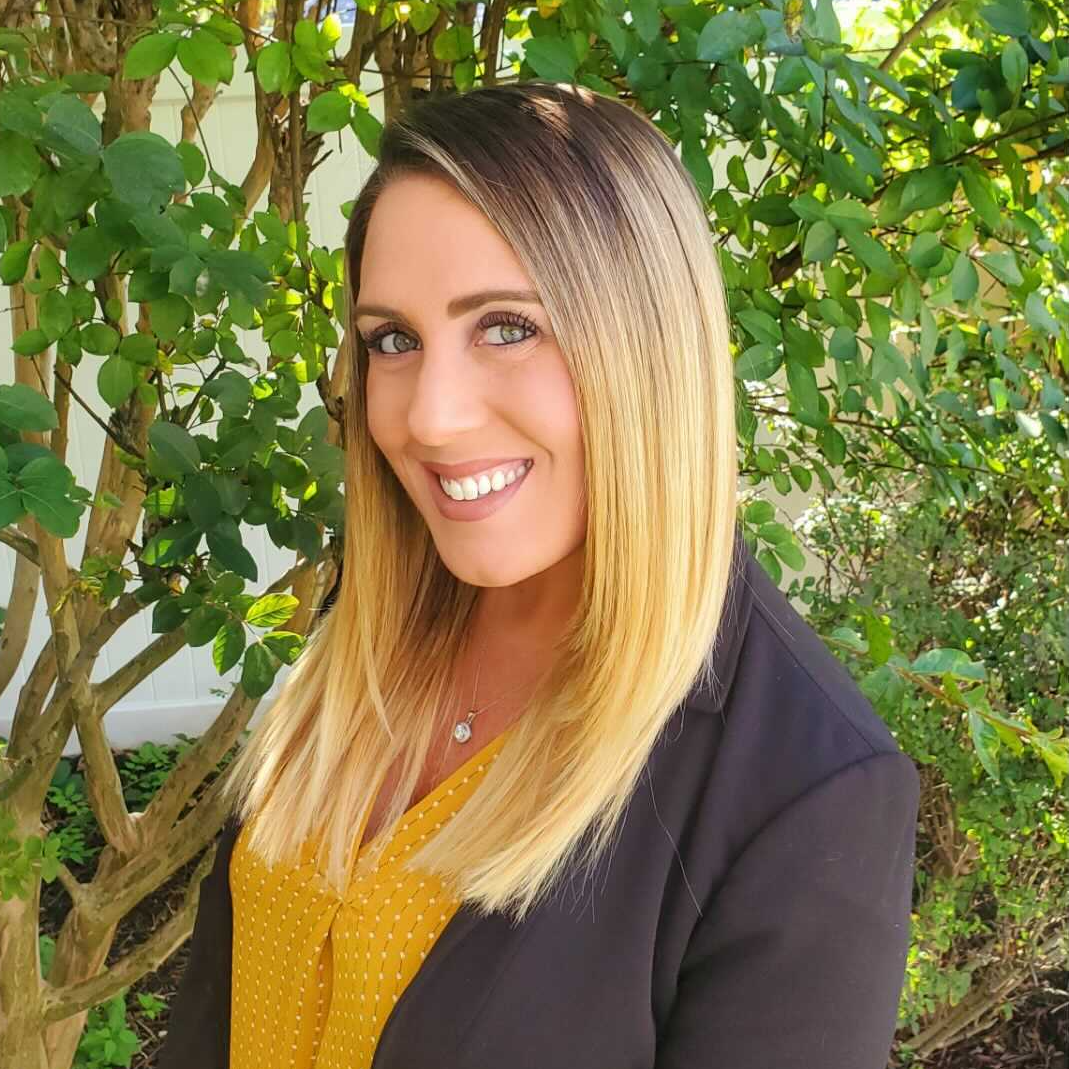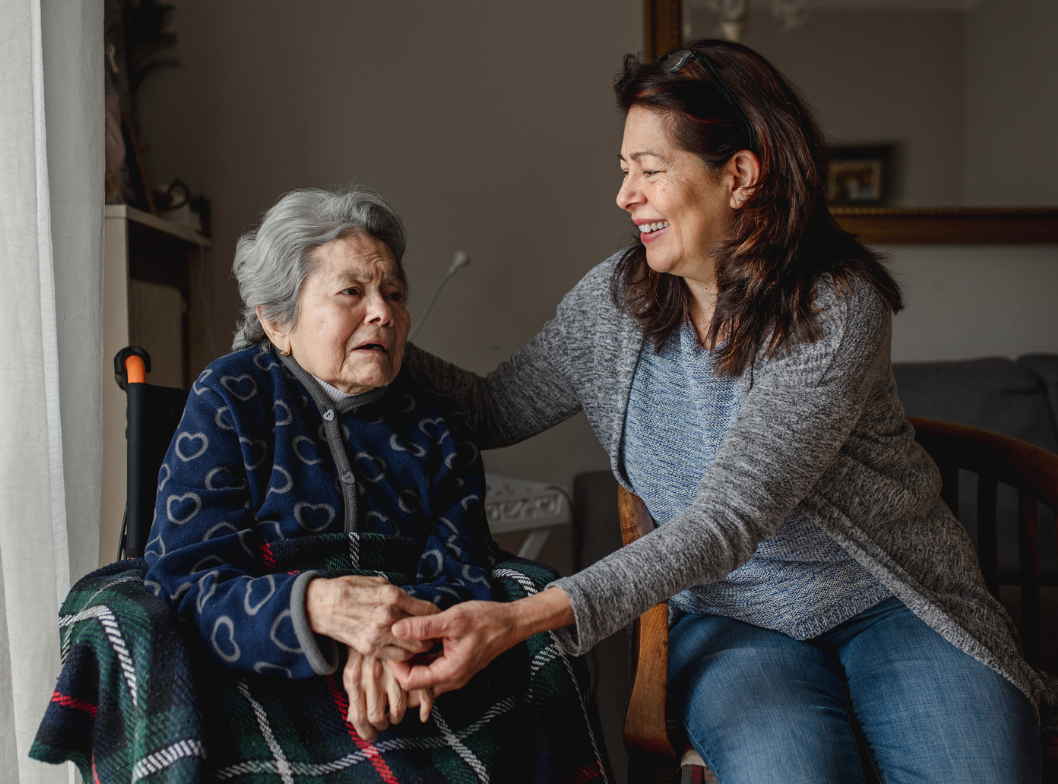Recognizing Stroke Awareness Month: Understanding, Preventing, and Supporting
Recognizing Stroke Awareness Month: Understanding, Preventing, and Supporting
May is Stroke Awareness Month, a vital public health initiative aimed at increasing understanding and awareness about strokes—their symptoms, the urgent need for timely treatment, and strategies for prevention. Strokes can affect anyone at any time, regardless of age, race, or gender, although certain risk factors can increase susceptibility. This month is dedicated to disseminating information, supporting survivors, and driving innovations in treatment and prevention. This awareness is crucial and you can contribute to the cause in many different ways.
What is a Stroke?
A stroke occurs when blood flow to a part of the brain is cut off or when a blood vessel in the brain bursts. Without oxygen and nutrients from blood, brain cells begin to die within minutes. This can result in lasting brain damage, long-term disability, or even death, making it essential to recognize symptoms and act quickly.
Recognizing the Symptoms: Act F.A.S.T.
The F.A.S.T. acronym is a simple way to remember the sudden signs of a stroke:
- Face Drooping: Does one side of the face droop or is it numb? Ask the person to smile.
- Arm Weakness: Is one arm weak or numb? Ask the person to raise both arms. Does one arm drift downward?
- Speech Difficulty: Is speech slurred or hard to understand? Ask the person to repeat a simple sentence, like "The sky is blue." Is the sentence repeated correctly?
- Time to call 9-1-1: If someone shows any of these symptoms, even if the symptoms go away, call 911 and get them to the hospital immediately.
Risk Factors and Prevention
Understanding and managing risk factors is key to preventing strokes. Major risk factors include uncontrollable elements like age and family history, and controllable factors such as:
- High blood pressure: the leading cause of stroke and the most significant controllable risk factor.
- Smoking: increases stroke risk by reducing oxygen in the blood, causing clots.
- Diet: poor diet choices can lead to increased cholesterol and blood pressure levels.
- Physical inactivity: can contribute to other risk factors like obesity and hypertension.
Lifestyle changes such as eating a balanced diet, maintaining a healthy weight, exercising regularly, not smoking, and controlling blood pressure can significantly reduce your stroke risk.
Supporting Stroke Survivors
Recovery from a stroke can be a long, challenging journey not only for the survivor but also for their families and caregivers. Support can take various forms:
- Rehabilitation: Professional help from physiotherapists, occupational therapists, and speech therapists can aid recovery, helping regain strength, capabilities, and confidence.
- Community Support: Local support groups can provide essential emotional support and advice on navigating the challenges post-stroke.
- Education: Educating yourself and your family about stroke recovery can significantly impact the quality of care and support you provide.
Explore our senior care options for customized support and care solutions.
Advocacy and Education
Stroke Awareness Month is an opportunity to spread the word, advocate for better health policies, and educate those around you. Participating in community events, sharing information on social media, and even engaging in political advocacy for better healthcare policies are all ways to contribute.
Resources and Getting Involved
Various organizations offer resources that can help individuals learn more about strokes, get involved with awareness activities, or find support. Websites like the American Stroke Association provide materials and event ideas for those interested in participating in Stroke Awareness Month.
As we observe Stroke Awareness Month, let's remember that awareness leads to action. By learning about strokes, recognizing their signs, and understanding the risk factors, we can not only save lives but also improve the quality of life for millions of survivors worldwide. Let’s spread knowledge and support throughout our communities to foster a safer, healthier future for everyone.
While the information provided in this blog is intended to be informative and helpful, it's important to consult with a qualified professional for personalized advice. If you have any concerns or questions about your health or specific medical conditions, don't hesitate to reach out to your physician or another trusted healthcare provider. Your health is important, and seeking professional guidance ensures you receive the best care tailored to your individual needs.














